The second annual Appalachian Heirloom Seed Conservancy fall conference is now history. Those who didnt make it missed out on a real winner.
The conference was again held at the Sustainable Mountain Agriculture Center (SMAC), in Berea, Kentucky. Bill and Irmgard Best pulled out all the stops to make the conference a success, and we cannot express our appreciation to them enough. SMAC really makes sense as our conference venue, because itÂs mission and AHSCÂs are mutually supportive.
In all, 29 people attended the conference, including both members and non-members. At least three of the non-members joined AHSC as a result of attending.
ThereÂs no telling how many heirloom seed varieties were traded during the two formal (and innumerable informal) seed swaps---several dozens for sure. Seed from virtually every vegetable type changed hands. Beans and tomatoes predominated, of course. But seed and seed-stock was available for others, including peppers, cucumbers, corn, greens (including a rare kale), alliums, and even apios.
The seed trading alone might have been worth going for. But, in addition, attendees got to hear---and participate in---a series of presentations and workshops by people who really know their stuff. For instance, professional seed grower Merlyn Niedens gave a two-session presentation on the mechanics of seed saving that not only covered all veggie types, but included some new wrinkles in seed saving techniques that have not appeared anywhere else as yet. In other words, those attending "heard it here first."
Julie Maruskin kicked off the formal festivities with a look at an exciting project that will, eventually, have an heirlooms authority on-staff in every public library in Kentucky. The project is one that could easily be adapted by other libraries in other states. With this project, gardeners have a local source of reliable, accurate information about heirlooms.
Tom Greenwood, AHSC member from Blue Jacket, Oklahoma, gave a presentation on growing multiplying onions. Tom has been collecting alliums for quite some time, and currently maintains something like 35 multiplying onions and 70 garlics.
Our keynote address was given by Donna Hudson. Donna has a unique view of beans that often flies in the face of conventional wisdom. For instance, she divides them into two categories: tough hulled and tender hulled. And she uses a broader definition of "cutshort" than is usual. WeÂd specifically invited her because there are so many bean collectors in AHSC, and itÂs always nice to have other voices represented. That, after all, is one of the ways we really learn things. As you can imagine, the conversational juices really flowed---both during and after her presentation.
Horticulturist Debra Larken gave a presentation on the Shaker seed industry. The Shaker communities here in Kentucky were the only ones not northern based. As a result, they marketed their seeds throughout the south. As such, they are an important contributor to the heirlooms base of our region. Debra, who was associated with Shaker Village at Pleasant Hill for nearly 30 years, is a real authority on the Shaker seed industry, so her insights were more than welcome. In addition, Debra just spent several weeks with the Hopi, and gave us some insights into their agricultural practices as well.
And finally, member Roger Postley provided a free-wheeling discussion about has experiences as a self-described "backyard farmer." Roger grows tomatoes for the Lexington FarmerÂs Market in his backyard, on very little land. Roger discussed the tomato trials he conducted this year, provided growing tips, and talked about how he markets his heirloom tomatoes.
All these sessions were recorded, by the way, and much of the information will appear in future editions of AHSC News. So members who were not able to attend (and folks who join afterwards) will still benefit from these presentations.
There was one disappointment. John Strang, fruit specialist with the University of Kentucky was slated to talk about heirloom fruit growing. Unfortunately, John had to cancel, due to a serious problem with his back. As we discovered during the first fall conference, many AHSC members are vitally interested in fruit as well as vegetables, so John was sorely missed. On the up side, John has already committed to make an appearance next year.
Carrying on the tradition established at the first conference, we had a group cook out and pot luck dinner on Saturday night. Good food, good people, and good conversation about heirlooms collecting, growing, and preserving; and it was pushing 10 PM before we broke up for the evening.
The Appalachian Heirloom Seed Conservancy is an organization dedicated to preserving the edible plants and sustainable agricultural practices of the Mountain South. For membership information, contact AHSC, Box 519, Richmond, KY 40476, KentuckySeeds@hotmail.com.

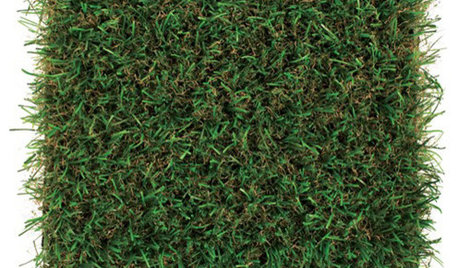

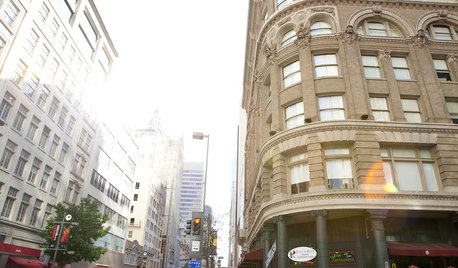
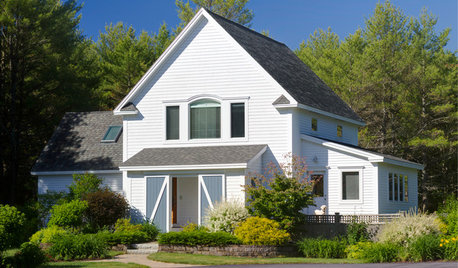
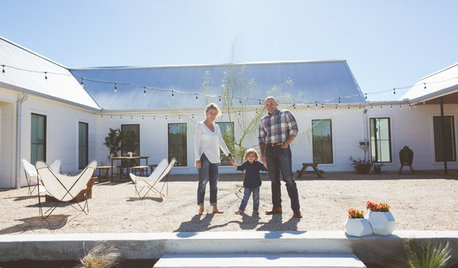








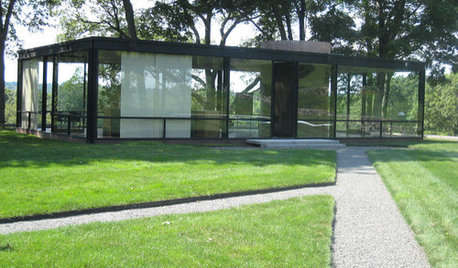

garnetmoth
blueflint
gardenladOriginal Author
vgary
gardenladOriginal Author
carolyn137
gardenladOriginal Author
garnetmoth
carolyn137
gardenladOriginal Author
robbins
gardenladOriginal Author
rodger
robbins
tnfarmgirl41
kentuckyheirloomer
gardenladOriginal Author